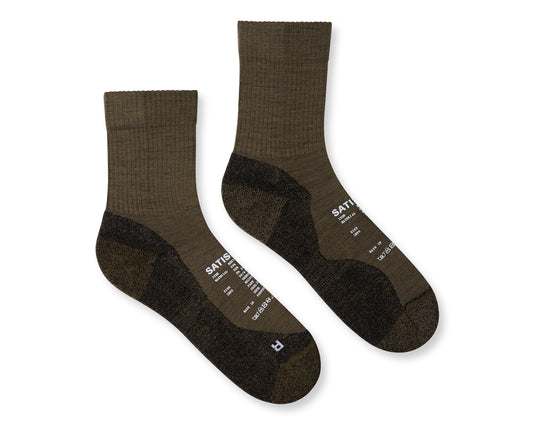
Welcome, one and all, to The Bullshit Report. My name is Dr. Layperson, and in this new department, we will debunk the myths that have grown up around our sport in an effort to encourage humans to do the thing their human bodies naturally evolved to do: run.
For this first installment, we’re going to tackle what is easily the most popular excuse for not getting off the couch and going for a trot. Yes, you guessed it— ‘bad knees.’
Are bad knees a thing? Yes, in some cases, knees are bad. For example, if you’ve ever injured your knee (like, bent it the wrong way while water skiing), you might find running difficult, even after the knee has healed. Or if you’re an old person and arthritis has decided to start kicking you around, you may suffer from ‘bad knees’ then. However, when someone says, ‘Oh, I can’t run. I’ve got bad knees,’ for no other reason than it hurts a bit after they go for a run, that is not bad knees. That’s your body responding to something new and stressful. ‘Ouch,’ your body is saying. ‘We don’t normally do this—what’s going on?’ But guess what? Without that ouch response, we wouldn’t have ‘Stairway to Heaven’, ‘Whole Lotta Love’, or ‘Immigrant Song’. Let me explain.
When you first begin playing guitar, it’s very painful to press down on the strings with your fingertips to form chords. In fact, it’s so painful that if you weren’t having so much fun learning ‘Smoke on the Water’, you wouldn’t continue to hurt yourself. Eventually, though, that pain goes away when your body realizes, ‘Okay, the boss isn’t going to stop doing this new painful thing, so we better reinforce the area to protect it.’ And so, the miraculous human body quickly generates hardened callous material at the fingertips to shield against the pressure of the strings. Your knees are the same. They will strengthen to protect themselves if you use them more than they’re used to. Saying you’ve got ‘bad knees’ after going for one run is like Jimmy Page saying he’s got ‘bad fingers’ after playing his first E Major. Ipso-facto, falling back on your ‘bad knees’ defense is akin to saying you wish Led Zeppelin didn’t exist, which is utterly, utterly profane. You should be ashamed of yourself.

Facts: Running increases bone density (that’s your bones going, ‘Oh man, she’s not gonna stop this; we better toughen up) and lowers the risk of osteoporosis. Running builds up the knee-supporting muscles, and—this is the big one—running has been proven to build stronger cartilage. For years, we’ve been told that our joints have a finite quantity of delicate cartilage, and once that’s gone, you’ve got bone swiveling against bone, but according to Jean-Francois Esculier, leader of research and development at The Running Clinic Montreal and medical professor at the University of British Columbia, that’s just not true. In 2022, Esculier told Outside Magazine that cartilage can and will adapt. 'Even with novice runners,' he said, 'after only ten weeks, you see cartilage changing so that it can actually tolerate more load. So not only is running not bad for your joints, it’s [also] actually good for your joints.' And that was Outside Magazine, which is a magazine that does not do jokes or make stuff up. Like this one.
So, there you have it: running is good for your knees. Start slow and give yourself plenty of recovery time, but don’t cheat yourself out of the best thing ever (after sex, food, and water skiing). Go for a run.

















